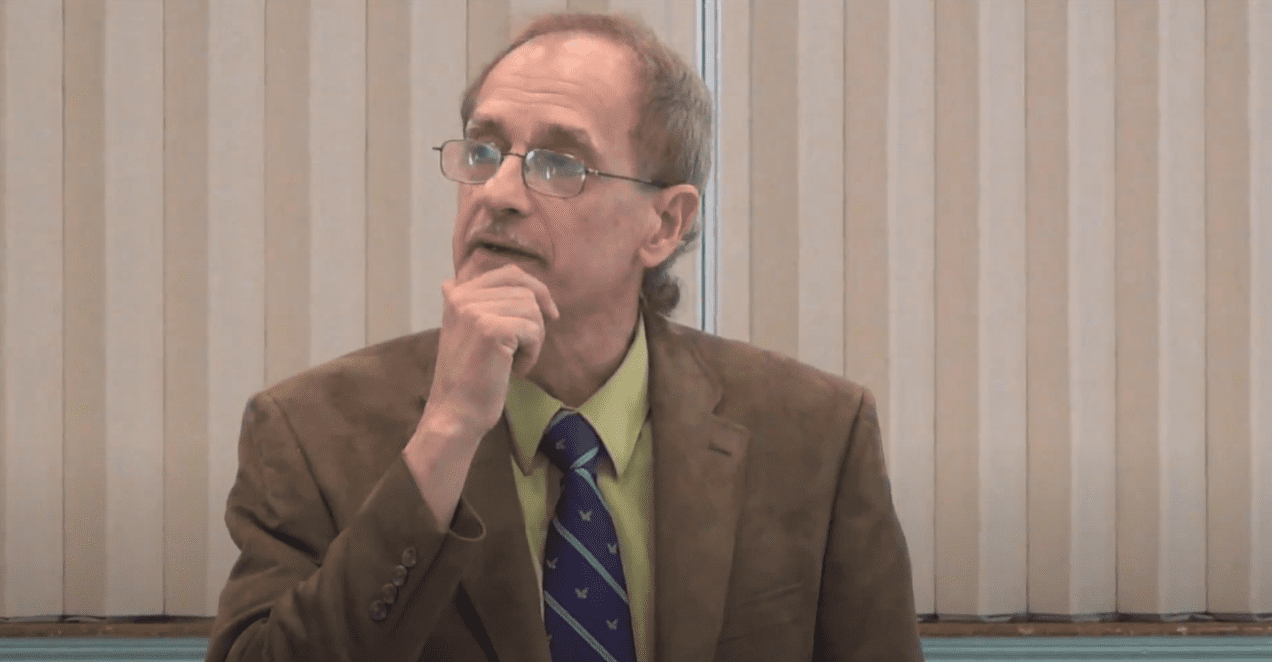In America’s Coming-of-Age (1915) Van Wyck Brooks famously divided American culture into “high-” and “low-brow.” He imagined, however, a rational middle ground, an organic common sense which combined the passion and practicality of the low with the intelligence and foresight of the high.
In my lifetime, the closest we’ve come to that ideal was the environmental movement of the 1960s. It combined self-preservation with realistic views that humans and other elements of the biosphere are roughly equivalent; that living and nonliving members comprise a single, moral, ecological community.
So polarized are we now between intellectual and tribal extremes a cultural middle ground seems impossible. But we still have old touchstones of biocentrism for guidance: Rachel Carson’s Silent Spring (1962), Lynn White’s “The Historical Roots of Our Ecologic Crisis (1967), Garrett Hardin’s “The Tragedy of the Commons (1968),” Paul Erlich’s The Population Bomb (1968), Donella Meadow’s The Limits of Growth (1972). Unfortunately, we’re politically and socially engineered to live on and squander borrowed time.
Seventy-five years ago last August, leaving three days apart, two B-29 super-fortress bombers left Tinian in the North Mariana Islands. Carrying atomic weapons assembled there, they first incinerated Hiroshima, then Nagasaki, ushering in an era of unprecedented danger. Because “shocked quartz (silica turned stishovite in billionths of a second)” appears only where nuclear bombs explode or asteroids leave impact craters, we treat the two bombings as stochastic events. But World War II, even before Dresden, produced an annihilative mindset with which Maj. Gen. Curtis Le May and Sect. of War Henry Stimson colored decisions. To justify costs of B-29s and negate the effects of jet streams, precision bombing of “war-making targets” was given lesser regard than destroying Japanese cities.
Using euphemisms like “industrial urban areas” and “worker housing” to sanitize decisions, Stimson and Le May were actually targeting civilian populations. Because of limited resistance from fighter planes and anti-aircraft installations, B-29 crews even called the sorties “milk runs.” After the firebombing of Tokyo March 10, 1942, tens of thousands of tons of incendiary bombs turned hundreds of square miles of working class neighborhoods into ashes, including Osaka, Nagoya and 60 other sizeable cities. August 1, 1945, just days before “Little Boy,” thousands were cremated by firestorms when Toyama was burned to the ground.
Like the hypervelocity asteroid that hit Earth 66 million years ago, A-bombs dropped on Hiroshima and Nagasaki form a nuclear K-T boundary. Since 1950, there have been 32 “broken arrow” incidents involving accidental near-launchings, firings, detonations and thefts of atomic devices. Were it not for heroic Soviets, Armageddon would have happened twice from real and computer-glitch provocations.
During the Cuban Missile Crisis, Vasili Alexandrovich Arkhipov, Chief of Staff aboard Sub B-59, refused to turn his third and final key to fire nuclear weapons at US naval forces dropping depth charges on his men. In 1983, Stanislav Petrov violated retaliatory protocols by second-guessing radar screens erroneously filled with incoming US-NATO ICBMs. Initially, both men were vilified for their actions.
Last January, because of climate change, nukes and cyber-based disinformation, the iconic Doomsday Clock stood closer to midnight than ever before: 100 seconds. That was before COVID-19 added to our fragility. In 1902, when Mount Pelee spewed smoke and ash for weeks on the island of Martinique, few left the city of Saint-Pierre. Politicians assured them valleys between the town and volcano would contain an eruption. The deep ravines had done so before. When Pelee blew, the town was annihilated and 30,000 perished. The sole survivor, miraculously exhumed from Saint-Pierre’s burial, had been imprisoned for murder in a dungeon.
This New Year the Doomsday Clock will undoubtedly tick closer to midnight. Can we sound the alarm in time, and how many will listen? Is ignorance too rampant among those who refuse to wear masks and balk at vaccinations? Low-brow beliefs that military build-up and arms races can solve today’s global crises only waste our expiring time.
Scott Deshefy is two-time Green Party congressional candidate

